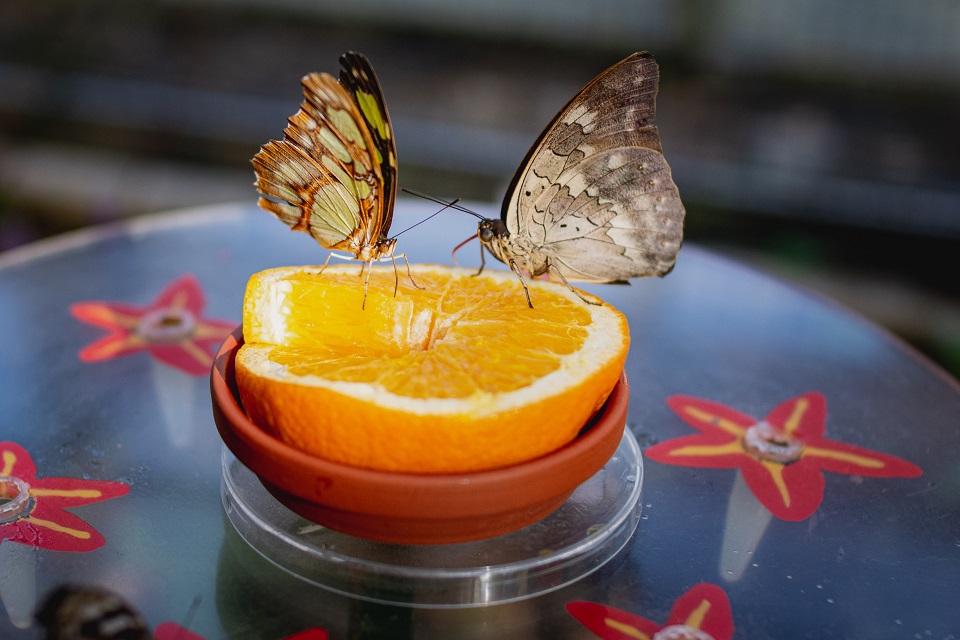How much do we know about these squishy creatures? Are insects animals? This article is here to throw light on all your queries or doubts related to the originality and classification of insects.
Insect (class Insecta or Hexapoda), any fellow among the top class of the phylum Arthropoda, is itself the biggest animal phyla. Insects have segmented bodies, jointed legs, and external skeletons (exoskeletons). Insects are differentiated from other arthropods by their body, which is classified into three major regions:
1. The head, which stands with the mouthparts, eyes, and a duo of antennae,
2. The three-segmented thorax, which generally has three pairs of legs (hence “Hexapoda”) in adults and typically one or two pairs of wings, and
3. The many-segmented abdomen, which comprises the digestive, excretory, and reproductive organs.
In a general sense, “insect” generally refers to familiar pests or disease carriers, such as houseflies, clothes moths, bedbugs, Japanese beetles, aphids, fleas, mosquitoes, horseflies, and hornets, or too visible groups, such as butterflies, beetles, and moths.
Many insects, though, are helpful from a human lookout; they fertilize plants, generate useful substances, control pest insects, act as scavengers, and serve as food for other animals (see below Importance).
Moreover, insects are treasured objects of study in illuminating numerous aspects of ecology and biology. Much of the scientific research related to genetics has been derived from fruit fly experimentations and population biology from flour beetle lessons.
Insects are often taken to investigate hormonal action, sense and nerve organ function, and many other physiological courses.
Insects are also used as environmental evaluation indicators to know water quality and soil contamination and are the basis of several studies in the stream of biodiversity.
Worms live in several different, often hostile, environments. Since hydrothermal vents spew out toxic chemicals to release with the icy cold waters of the Antarctic, thus in some areas, Worms are also tremendously varied in size, from tiny worms that require a microscope.
To see up to exceptionally long worms taller than a five-year-old human child!
The long, skinny attachments and swollen eyes of a praying mantis look about as far from a human as you can visualize. Notwithstanding their alien appearance, insects are animals, just like you to some extent.
Insects hail the kingdom Animalia with all animals on earth. Though, the glimpse that insects are so very different from us is well-founded. Insects diverged from mammals and other animals for a long time. Researchers assess that the last common ancestor of humans and insects lived over 500 million years ago.
In an elementary sense, phylogeny describes What is a plant? What is an animal? Where do we need to draw the lines? These choices can be extremely difficult. Taxonomy is our best way to depict the history of life on earth.
All living organisms on earth have a mutual ancestor. Phylogeny is the research based on this history. Acknowledging the relationships between species permits us to comprehend evolution and life itself better.
All life on earth is classified according to its evolutionary history. Many researchers have organized the evolutionary tree of life into the study of taxonomy. It defines the groups used to describe groups and subgroups. These alliances are based on behavior, distribution, appearance, and genetics.
The most generally used groups are kingdoms, domain, phylum, class, order, genus, family, and species. All animals are in the animal empire, Animalia. Plantae is the realm of plants. However, Fungi occupy their kingdom also.
Depending on your knowledge, there are one or two more realms, comprising bacteria, protozoa, and other single-celled creatures. These species are so diverse, and they inhabit a different domain, a prokaryote. The disparities that exist over these categories show just how complicated this evolutionary history is actually.
Table of Contents
What Do You Understand About Arthropods?
After this, they diverge from humans. The next level is species. Insects are Arthropods (stating jointed foot) in the species Arthropod. This species also comprises scorpions, millipedes, spiders, and crabs.
All arthropods usually have jointed legs, segmented bodies, and an exoskeleton. Arthropods are tremendously diverse. They inhabit all surroundings on earth. They make up 84% of all recognized animal species. Insects make up the mainstream of these species.
Humans, on the flip side, are vertebrates. Vertebrates happen to be the species Chordata and fish, birds, worms, and much more.
So What Is An Insect?
Insects are types in the class Insecta. All animals in this class share similar traits. They have a body classified into three sections (the head, thorax, and abdomen.) They also have a couple of antennae, and most have wings.
It differentiates them from the other arthropods. These usually have more legs, two body segments, and never have wings.
What Makes Insects Different From Animals?
Insects are unique from animals in some interesting ways. The sheer variety and number of insects lead to some very exceptional adaptations.
Insects also have some very rare eating habits. Species counting bees in Thailand and moths in the Brazilian Amazon will nourish the tears of humans and other animals! They eat the protein and salt they contain.
Numerous insects feed on blood. However, mosquitoes are an obvious example, and the vampire moth is another blood-sucking insect that feeds on humans and animals.
Another wild example of insects are animals, adaptation comes from the previously strange stick bug. This insect usually feeds on birds who are lucky enough to see through the bug’s camouflage.
However, this may sound like the end of the article for the doubts if insects are animals, and it can be a blessing in disguise. The eggs of this insect can endure the birds’ digestive tract more than animals. Then, the next generation of stick bugs can travel enormous distances that no bug could ever walk.
More wild adaptations of insects are being seen all the time. Unfortunately, there might not be much time left to find their secrets.



